December 7, 2017
Over half of workers say they are more productive working from home than a chilly office
Chilly offices mean that over half (57 percent) of office workers say they’d be more productive working from home when the weather gets colder. Their main reason is that too many workplaces (50 percent) do not handle weather complaints effectively. According to Office Genie’s survey of 1,105 British office workers, only 6 percent of employers encourage staff to work remotely in the colder weather. Bosses are also reluctant to let employees work flexibly instead of freeze, with only 16 percent of companies adopting flexible working patterns in the colder months. Even simple provisions such as supplying additional heaters are not in place in 70 percent of offices – failing to comply to the government’s Health and Safety Executive’s advice. Of the 1,105 office workers we surveyed, 50% said complaints about office temperatures aren’t dealt with effectively by management. And while HSE guidelines state workplaces shouldn’t dip below 16°C but when we asked workers their ideal office temperature, 20°C was the resounding answer.





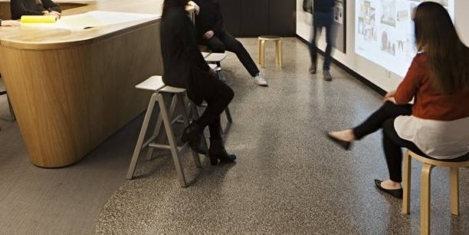
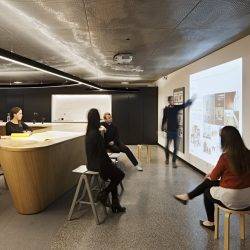


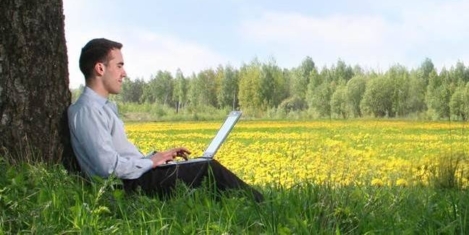
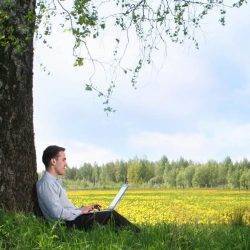
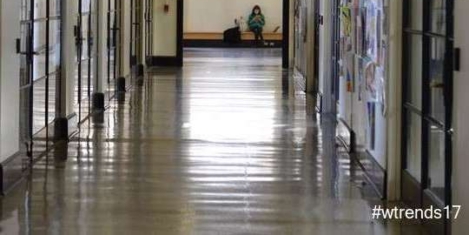
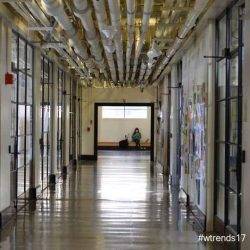 Those working within the built environment are already in the change business, was the view of Neil Usher of
Those working within the built environment are already in the change business, was the view of Neil Usher of 







December 5, 2017
How do you really go about creating a great place to work?
by Jo Sutherland • Comment, Wellbeing, Workplace design
The topic of workplace wellbeing is becoming increasingly prevalent. And for good reason. In the UK, 45 million working days are lost due to stress, anxiety and depression and the Chartered Institute of Personnel and Development (CIPD) Absence Management survey reveals that over two fifths of organisations have seen an increase in reported mental health problems over the last year. What’s more, a recent government report found that up to 300,000 people leave their jobs each year due to mental health-related issues. Last month, Symposium hosted the “Workplace Wellness & Stress Forum 2017”, back for its twelfth year, to help employers step up and tackle the greatest inhibitor of growth, innovation and creativity – stress. Medical professionals have their definition of “stress”, health and safety execs have theirs, and the academic community promulgate another. Forum host Neil Shah, chief de-stressing officer of The Stress Management Society, offered a definition that resonated with the entire audience: “where demand placed on an individual exceeds their resources”.
(more…)